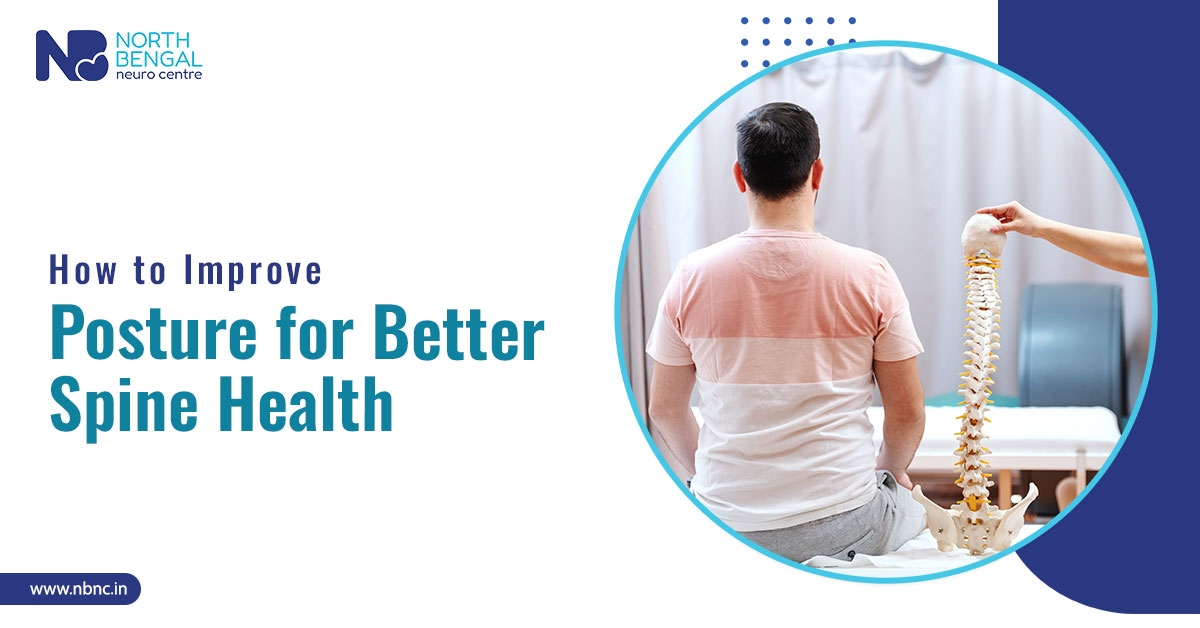High blood pressure, heart failure, stroke, kidney disease, type 2 diabetes, and cancer are some of the health conditions that you can develop if you don’t focus on cardiovascular fitness. It is crucial to lead a heart-healthy lifestyle in order to reduce the risk of numerous cardiovascular conditions. You can schedule a routine assessment with a reputable cardiologist in Siliguri to maintain the health of your cardiovascular system and understand the ways you can achieve optimal cardiovascular fitness.
In addition to maintaining a well-balanced diet, reducing stress, and giving up smoking, engaging in regular exercise can also significantly contribute to heart health. Herein, you must know that doctors always recommended to indulge in almost 150 minutes of physical activity a week to maintain cardiovascular health. Being physically active is one of the most important things you can do to manage your weight, build heart muscle, and lessen the effects of high blood pressure and cholesterol.
Exercises To Include In Your Routine For Cardiovascular Fitness
1. Walking
Walking is a great exercise that the top cardiac experts strongly suggest. Walking improves your blood pressure, cholesterol, and energy levels while providing you with countless health benefits with each stride. Walking regularly can help you lose weight, which can also improve your mood and help you manage stress. Weight growth has been linked to heart problems. The greatest type of low-intensity exercise that guarantees cardiovascular fitness is walking.
Walking for around half an hour each day is recommended to enhance cardiovascular and general health. To keep your body fit, take quick walks in between if you can't handle everything at once. The ideal method to include walking into your lifestyle is to go for a walk in the morning. For even greater results, do some free-hand exercises.
2. Strength Training
One of the most crucial workouts for a healthy heart is strength, resistance, or weight training. Practicing push-ups, deadlifts, weight machines, lunges, and squats frequently causes muscles to contract, which increases strength and anaerobic endurance. A longer duration of resistance exercise strengthens all of your body's muscles, which can also increase blood flow and lower your risk of stroke.
Strength training has several advantages, one of which is that it increases lean muscle mass, which lowers blood pressure and improves heart health. Additionally, weight training can reduce visceral or belly fat, which is a major contributing factor to cardiovascular problems. These exercises not only promote heart health but also preserve flexibility, enhance posture, and prevent sleeplessness.
3. Cardiovascular exercises
Another healthy form of exercise that can strengthen your cardiovascular system is aerobic or cardio. Repetitive muscle contraction is used in cardio exercises to raise your heart rate and preserve heart health. Regular cardiovascular exercise can help improve the flow of oxygen throughout your body and strengthen your heart and blood vessels.
Cardio also lowers the risk of high blood pressure, high cholesterol, stroke, and a number of heart conditions. Nonetheless, it is always a good idea to visit the best heart specialist hospital in Siliguri to find out how long the aerobic workouts to strengthen the heart would take. Jumping rope, cycling, dancing, mountain climbing, and jogging are some of the effective cardio exercises.
4. Isometric exercises
Applying continuous tension to a particular muscle while keeping the other surrounding joints immobile is known as an isometric workout. Isometric workouts will help you lower your blood pressure while maintaining good heart health because high blood pressure has been identified as the primary cause of heart disease. This is because squeezing specific muscles increases blood flow, which in turn fortifies your heart's ability to pump blood.
Your heart becomes stronger as a result of these activities, which eventually decreases blood pressure and increases cardiovascular fitness. Regularly performing planks, V-sits, Glute bridges, and calf raises can assist you in building muscle strength and joint stability in addition to enhancing cardiovascular system functioning.
5. Internal training
A powerful cardiac boost can also be achieved by implementing an internal training program for heart health, which is also recommended by cardiologists in Siliguri. Exercise that follows a work-and-recovery cycle can enhance your body's capacity to absorb oxygen, which raises the heart's oxygen flow. Exercises including interval training are brief workouts that have a ton of advantages, including boosting energy system effectiveness and promoting fat loss.
Since these workouts don't call for intense training or repeating sets, you can also engage in them if you have any metabolic or pulmonary conditions. It is possible to witness observable gains in speed, performance, and endurance after practicing these workouts for a few weeks. Consider including this interval training regime in between the cardiovascular exercises for optimal outcomes. Burpees, mountain climbers, push-ups, and shuttle sprints are some of the ideal examples of internal exercises.
6. Yoga
One of the primary roles of the heart is to keep the ratio of oxygen to nutrients in check. The main factor that might cause the vital components of our cardiovascular system to fail is psychological stress. One of the best workouts for lowering physical and mental stress and improving cardiovascular fitness is yoga. To maintain your heart health, you might incorporate postural or breathing-based yoga poses into your workout routine.
Additionally, these poses can help you burn more calories and improve the quality of your sleep in general. Since yoga preserves both your physical and mental well-being, you should always be aware of the direct correlation between it and heart health. You must note that by including yoga postures in your daily life you can also reduce the risks of suffering from hypertension, cholesterol, and high blood sugar. The big toe pose, chair pose, wheel pose, and tree pose are effective yoga asanas for heart health.
7. Balance exercises
Another step that you can take for cardiovascular fitness is to practice balancing exercises. This is due to the fact that starting resistance training requires flexibility and endurance building, both of which can be achieved through balance exercises. Herein, including balance movements into your training routine will improve the way your arms, legs, core, bag, and glutes perform, allowing you to maintain perfect form when strength training or walking.
For older adults who are incapable of engaging in a high-intensity workout, this is the most advantageous form of exercise. Exercise for balance can help you avoid unexpected falls, which are linked to heart damage and a higher risk of stroke. Some of the best balance exercises that you can try are flamingo stand, tightrope walk, and chair leg raises.
Before starting any exercise regimen, you must always consider scheduling an appointment with a cardiologist in Siliguri first. To perform the exercises in the right form and posture, you can also choose to appoint a trainer who can give you professional assistance while exercising which will ultimately reduce the likelihood of injuries.
Comments (0)





